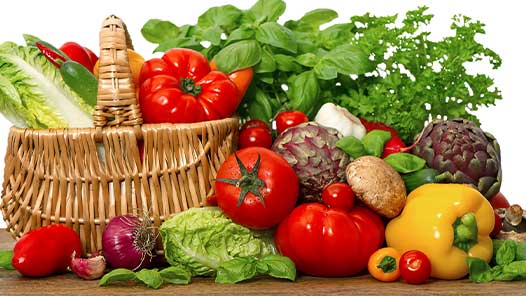
16 Mar Scott Woolley on How To Buy Fresh Produce
Buying fresh produce might seem like something you can do, but many of us end up throwing away food because it simply didn’t last. But that doesn’t have to happen.
Knowing how and where to buy fresh produce will help you use the items you buy and not waste them. Regardless of whether you are buying it to use as is, like fresh fruit or salad, or ingredients for cooking, do yourself a favor and get the good stuff.
In “Cooking For The Family” by Scott Woolley, he recommends using fresh ingredients for many of his recipes. That doesn’t mean it will actually cost more to make.
Where To Buy
Depending on where you live can be the biggest issue for you when it comes to finding fresh ingredients. Many of us don’t have many options.
Supermarket
Most of us rely on our local supermarket for our fresh fruit and vegetables. The truth is, they have access to the freshest produce and the widest variety. They can afford to buy an array of different items because they buy in bulk.
Because they get huge shipments of fresh produce every day or every other day, you know you can usually count on the supermarket to have everything you need or want.
Local Fruit and Vegetable Stand
Any major city will have a corner fruit and vegetable market. The best part about them is that they only deal in produce and there are often several of them in the same area. That means better pricing.
Many of the smaller fruit and vegetable markets are much cheaper. Keep in mind that while your local grocery store may have a lot more selection, you are paying for a lot more.
The local stand will always have fresh produce that is in season and for much less than your larger stores. It’s more convenient to buy all your groceries at once, but not always the best idea.
Farmer’s Market
Always keep an eye open for a local farmer’s market. You can find fresh grown fruits and vegetables, fresh eggs, meats, and very often, other local items, like jams, cakes, bread, and even crafts.
Supporting your local farmer is very important. You know where the food came from, it was grown locally, it is often naturally organic, and you are supporting your own community.
Look around your city to see if there is a farmer’s market stand, maybe they set up in park once a week or every weekend, or maybe you have to drive to them.
What To Look For
We spend a lot of time looking for that perfect tomato or apple, but there is no such thing. And believe it or not, if you find a small bug or two in your cauliflower, that means it has not been sprayed with pesticides or other chemicals.
Having said that, try to but what is in season. If you already live somewhere that can’t grow oranges, then never mind that. But things like nectarines in the middle of February are a bad idea.
However, if you are looking for tomatoes to make your famous tomato sauce, look for the riper tomatoes. They may have small blemishes or soft spots, but that is fine for cooking with.
Avoid buying fruit and vegetables that are prepackaged. It is always better to pick through the produce, given the chance. Many times we don’t have a choice in larger supermarkets, but avoid the extra packages when you can.
Try to buy locally grown food when you can. Just because you are in the supermarket doesn’t mean you should be buying garlic that was shipped from Spain. Locally grown items should be marked as such.
Leafy green vegetables should be just that. Crisp, no brown or yellow spots, no limp leaves, or mushy slimy green bits. If it is something like spinach that you are planning on cooking right away, that is fine.
Buy a few more than you normally would for items that will ripen at home. Green tomatoes, bananas, avocados, pears, and many others will continue to get sweeter and more flavorful. If you have the space to store them, buy a few extra.
Smell them. The ones that you are not sure about. Melons in particular can be very disappointing when you open them up. They should be firm but not like a stone and they should smell like they are meant to.
Getting Fresh
If fresh produce is not available, you can often find close-enough produce in the frozen section. Scoot Woolley recommends using fresh produce when you can. Buying in season will guarantee freshness and the best price.
For more tips and great recipes, check out “Cooking For The Family” by Scott Woolley. From new ideas to old family favorites, you will find it all at. www.scottwoolley.com



Sorry, the comment form is closed at this time.